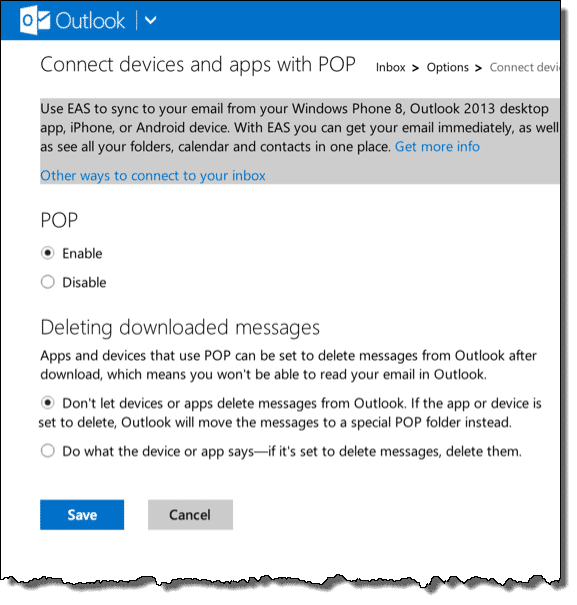

The error message shown by Microsoft is “ The operation timed out waiting for a response from the receiving (POP) server“. Unfortunately Microsoft Outlook does not give you the option to extend the server timeout like what you get in Windows Live Mail. Increase Microsoft Outlook Server Timeouts A new Properties window will open, go to Advanced tab and there is a slider for Server Timeouts ranging from 30 seconds to 5 minutes.

Alternatively, you can also press Alt+S, followed by the P key. Increase Windows Live Mail Server Timeoutsįor Windows Live Mail, go to the Accounts tab and click on Properties.

Sending an email with a large attachment that takes a long time to complete is not affected by the server timeouts setting. There are 2 things you can do in this situation which is to increase the server timeout value, and testing the POP3 mail server from an external service to ensure that the mail server is responding within the normal time frame which is usually in a few seconds.ĭo take note that increasing the server timeout value in the email client software is only for the time taken to establish a connection to the email server. This can happen when the server itself is having problems and is slow to respond to the connection, or it could be due to a connection problem between your computer and the mail server. Would you like to wait another 60 seconds for the server to respond?“. An example is when you receive a popup from Windows Live Mail saying “ Your POP3 server has not responded in 60 seconds.

One of the common problems that a person using an email client software can experience is the connection timing out. However, the program is doing all the hard work in the background which is connecting to the mail server, performing handshakes, verifying certificates, authenticating, and finally downloading new emails to your computer.Ī lot of things can go wrong to prevent the software from being able to check for new emails. All you need to do is run the program and normally the software would auto check for new emails on startup. Checking your email using an email client software such as Windows Live Mail, Microsoft Outlook, IncrediMail, Mozilla Thunderbird and etc, may seem very easy once it is set up.


 0 kommentar(er)
0 kommentar(er)
